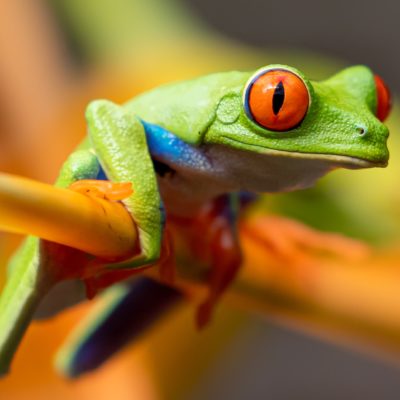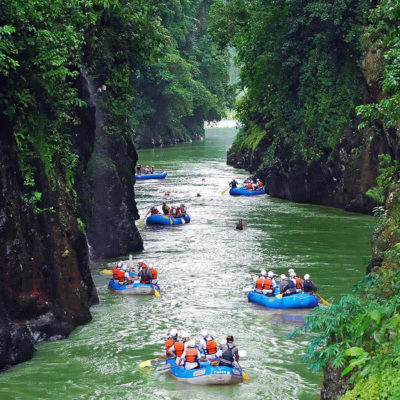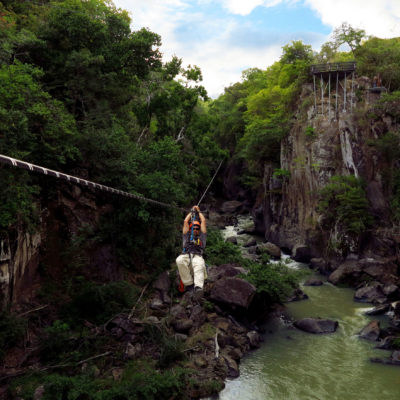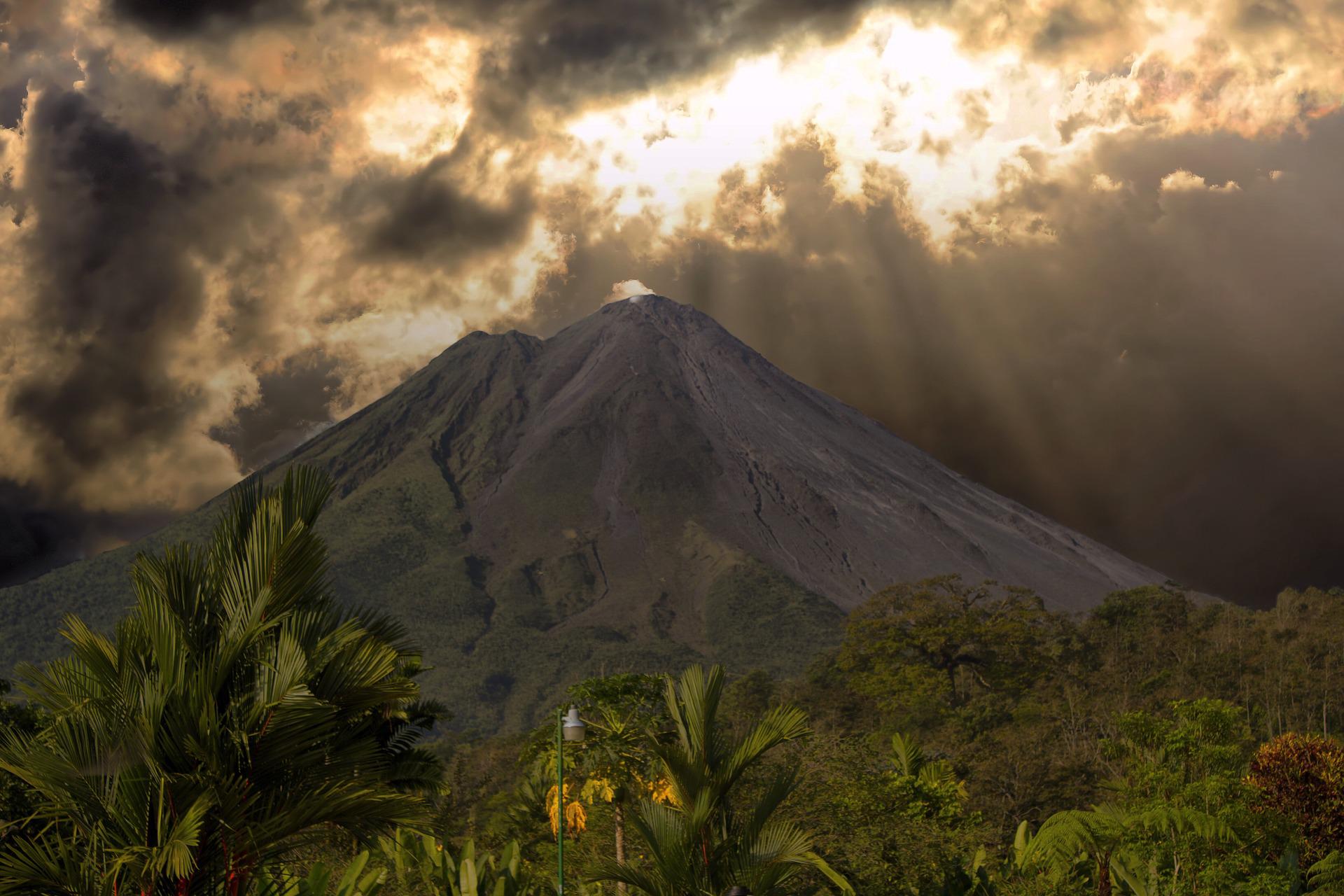
Top 5 Must Dos in Costa Rica
One of the happiest countries in the world, Costa Rica – meaning rich coast in Spanish – has a wealth of colourful and interesting nature for travellers to explore. The 51,100km² holds some 5% of the world’s species, and is under fierce protection of the government. A land of sandy stretches of beaches, colourful flora, and dense forest all wait to be discovered!
Experience the real Costa Rica and learn Spanish
Engage directly with the community as a volunteer in Esparza, Puntarenas, with a family run volunteer project. Teach English or Physical Education or provide childcare in schools and orphanages, coach a sport, assist with construction and maintenance of community buildings, or care for animals and facilities in the local Marine Park and rescue centre. If you want to, you can spend every evening at the beach. Your weekends are free to stay at the comfortable volunteer centre, or to easily travel around Costa Rica from the nearby transport hubs of Puntarenas or San Ramon. The four options below are our top recommendations.

1) Arenal Volcano
An amazing volcano, rising directly out of the plain, with the backdrop of its own lake. Active, but not too active; in 2017 wisps of smoke slowly rising from the crater were seen. Visit the national park, where you can walk up the lava flow from the last eruption in the 1970s. There are plenty of opportunities for horseback or quad-bike tours, or you can take a more sedate approach in one of the many hot baths. Visit La Garrapata Restaurant on the main road of La Fortuna for a real Costa Rican BBQ.
The beautiful Lake Arenal provides hydroelectric power for a large area, and is part of what helps Costa Rica lead the world in carbon neutrality. It’s also excellent for windsurfing, kite-surfing, wakeboarding and kayaking.
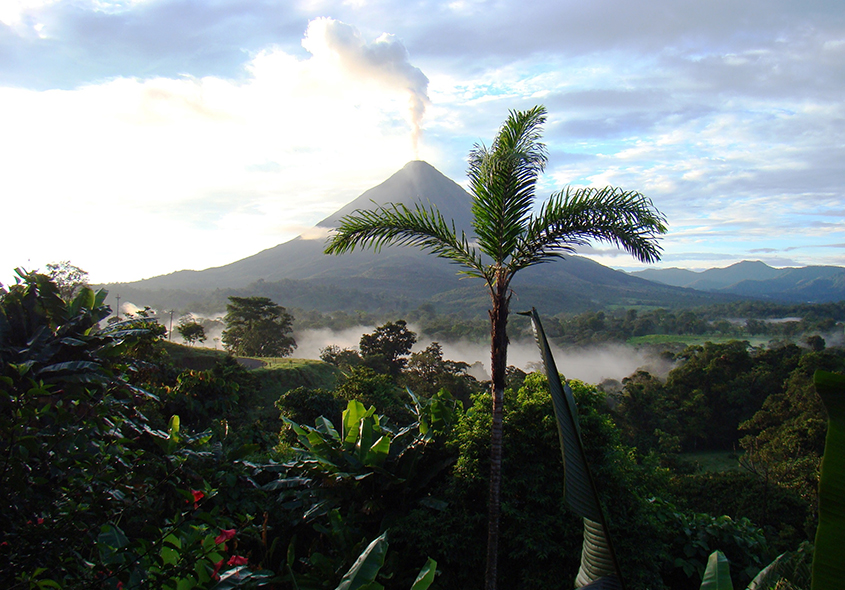
2) Manuel Antonio National Park
Listed by Forbes among the world’s 12 most beautiful national parks, with only one other in South and Central America. It was mapped by Ponce de León (now of Pirates of the Caribbean fame!) in 1519. White sand beaches fringed by evergreen rain-forest, inhabited by 109 species of mammals and 184 species of birds. Capuchin monkeys, spider monkeys, raccoons and hoards of small, brightly coloured crabs are guaranteed, with sloths harder to see, camouflaged in the tall trees.
Dolphins and whales can be viewed around the 12 small islands that are included in the park. Popular activities near Manuel Antonio are white water rafting, tubing, ocean kayaking and diving. Monkeys can be mischievous – keep any snacks out of sight!
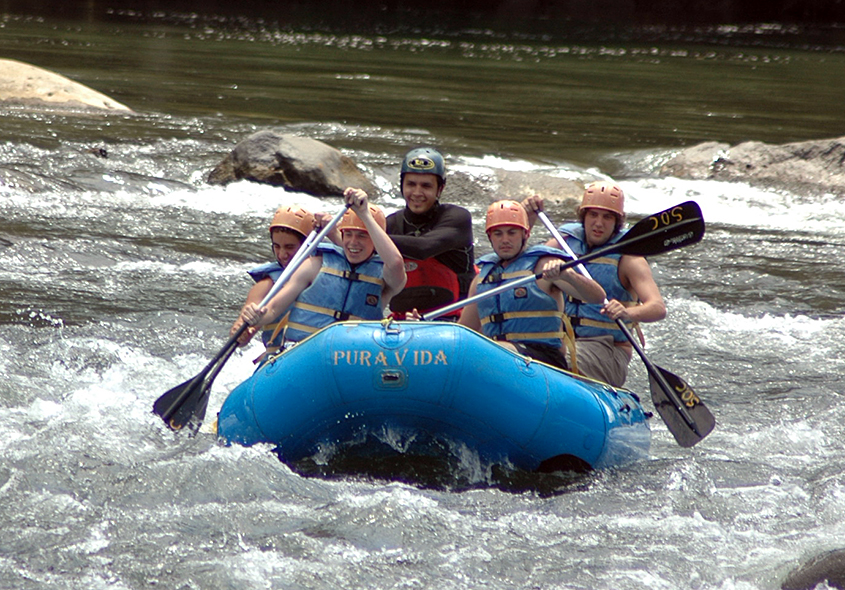
3) Monteverde National Park
Costa Rica is renowned for its cloud forest, which offers a real contrast to the lowland rain-forest of Manuel Antonio and other parks. At 1,440m above sea level, it is cloud that provides moisture for this complex ecosystem. The cloud forest supports over 2,500 varieties of plants, including 420 species of orchids. Many of these plants are Epiphytes, growing on trees and other plants, but not parasitic. This rich environment is home to over 100 species of mammals, 400 species of birds and tens of thousands of insect species.
Within the park, head to “La Ventana”, where you can see both the Atlantic and Pacific oceans. In and around Monteverde you’ll find canopy and hanging bridge tours, ziplining, horseback tours, and butterfly gardens. Night tours in the cloud forest are an excellent way of meeting some of the more elusive inhabitants. The nearby town of Santa Elena is small and welcoming, with accommodation for all budgets.
Look out for the Ficus trees on the outskirts – these are tropical figs which grew up larger trees and outlived them – they have become living chimneys which can be climbed from the inside and offer panoramic views of the surrounding country from the top.
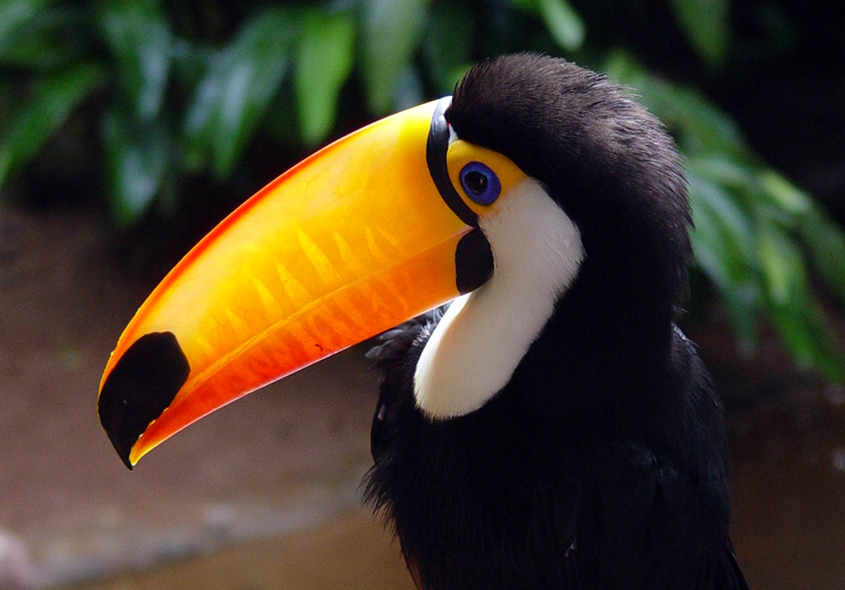
4) Santa Teresa
A journey into the ‘Blue Zone’. The scenic ferry from Puntarenas takes you through the islands of the Golfo de Nicoya, to Paquera, where you take a bus to the seemingly endless beaches of Santa Teresa on the tip of the Peninsula de Nicoya, one of only 6 ‘Blue Zones’ in the world, where the diet and pace of life result in people living unusually long lives. The town has grown with its popularity, but the beach still has the unspoiled feel that it had when the surfers first started going there in the 1960s.
The sunsets are breath-taking, even in a country where that is the norm. Santa Teresa draws people back time and again, and the small town has a cosmopolitan feel, having enchanted people from all over the world. This mix of cultures provides a great variety of restaurants and bakeries. Learn to surf, or simply relax on one of the world’s most beautiful beaches.
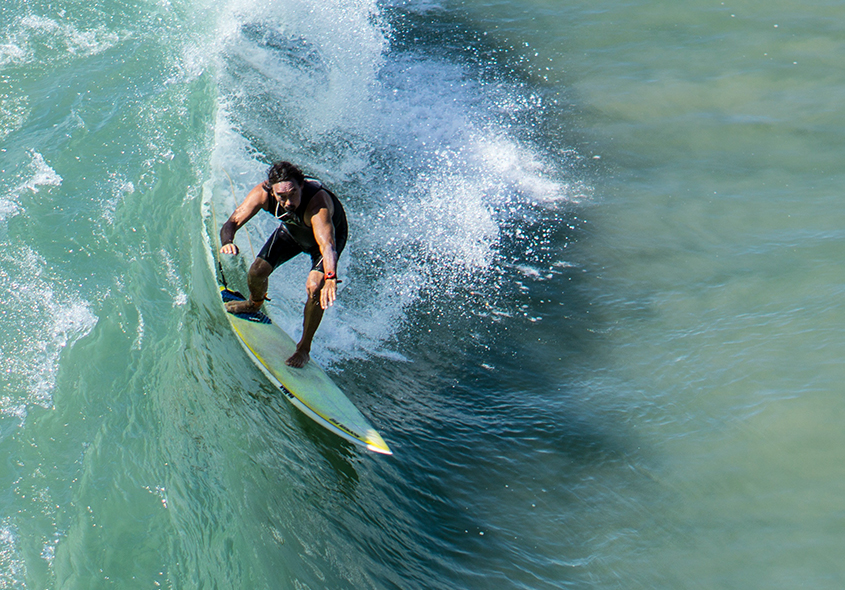
Related Trips

